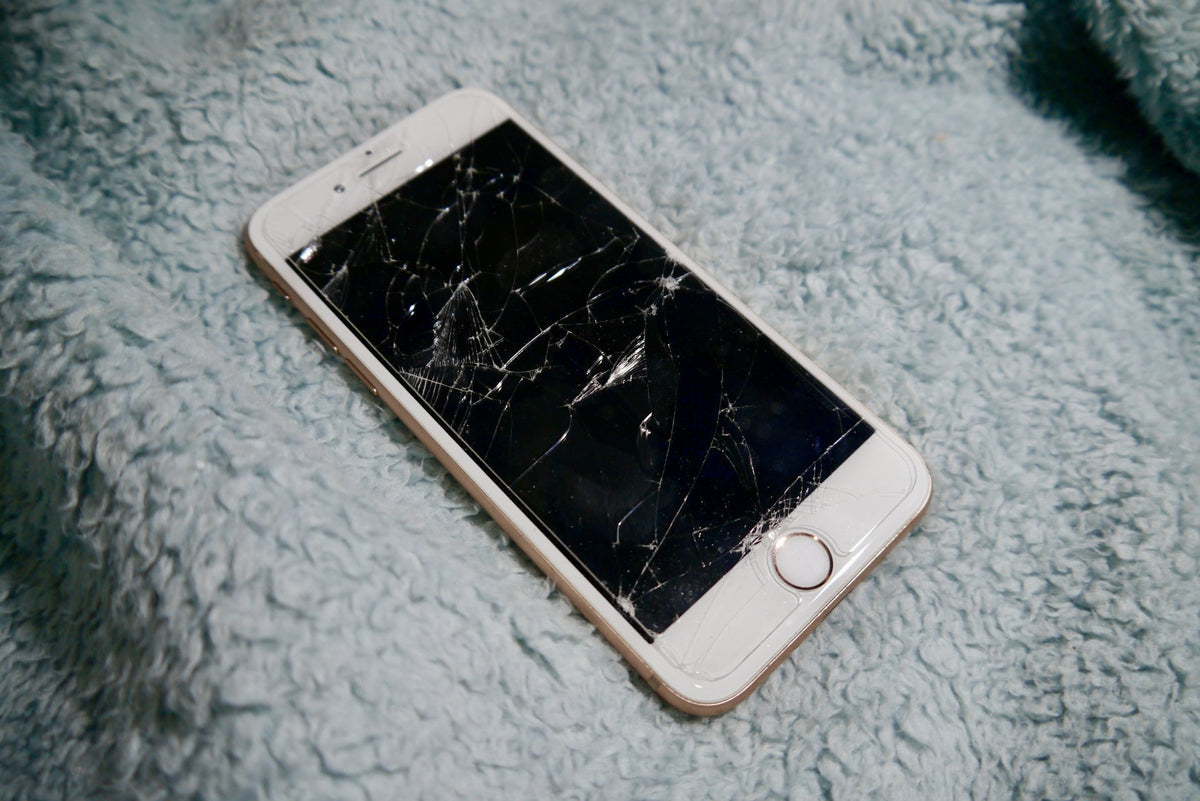That heart-stopping moment when your phone slips from your pocket and the screen shatters into pieces..." — most of us have experienced something like this at least once.
Modern smartphones are not only powerful but also beautifully designed. However, their glass displays are extremely delicate. In many cases, repairs can easily exceed ¥20,000 (approx. $150).
This is where screen protectors come in. But not all protectors are created equal—the material and how you apply them can make a big difference in protection and usability.
In this guide, we’ll take NIMASO screen protectors as an example to explain material characteristics, how to choose the right protector, and the key steps for bubble-free installation. With these tips, you can protect your smartphone effectively and say goodbye to worries about cracks and bubbles.
Table of Contents
- Which Material is the Best? Screen Protector Types
- Everyday Risks That Can Crack Your Screen & How to Prevent Them
- The Secret to a Bubble-Free Application
- Conclusion: Smart Choices & Long-Lasting Protection
Which Material is the Best? Screen Protector Types
While all screen protectors serve the same purpose, their materials determine how they perform. Here are the three most common types, along with their pros and cons:
Tempered Glass Protectors
Extremely resistant to scratches and scuffs.
Great visual clarity and smooth touch experience.
NIMASO’s tempered glass protectors maintain screen vibrancy while shielding against daily damage.
Slightly thicker—so check compatibility with your case and edge protection.
TPU (Thermoplastic Polyurethane) Protectors
Highly flexible and excellent at absorbing shocks.
More prone to fine scratches and may yellow over time.
Recommended for users who prioritize lightweight and flexible protection.
PET (Polyethylene Terephthalate) Protectors
Thin, lightweight, and affordable.
Effective against minor scratches but not very impact-resistant.
A good choice for those who only need basic protection.
What Does “9H Hardness” Mean?
You’ll often see “9H” on screen protector packaging. This refers to the pencil hardness test, where different pencil leads (H to 9H) are used to scratch the surface. A “9H” rating means the surface cannot be scratched even with a 9H pencil—the highest resistance on the scale.
⚠️ However, note that 9H hardness protects against scratches, not drops.
NIMASO glass protectors not only meet the 9H hardness standard but also use a multi-layer design and rounded-edge processing to disperse impact and reduce breakage risk. In short, hardness is just one factor—you should also consider overall design.
Everyday Risks That Can Crack Your Screen & How to Prevent Them
Cracks don’t just happen from big drops. Everyday habits can also damage your protector. Watch out for these common scenarios:
Drops: Falling from a desk or pocket may crack the edges.
✔ Solution: Use a 3D edge-to-edge protector with a shockproof case.
Scratches: Keys or coins in your bag/pocket can leave marks.
✔ Solution: Avoid carrying your phone with hard objects, or use a folio-style case.
Edge Cracks: If edges are exposed, they’re more likely to break on impact.
✔ Solution: Choose a full-coverage protector.
Temperature Changes: High heat (like inside a car) or freezing cold can weaken protectors.
✔ Solution: Avoid direct sunlight and extreme environments.
Neglected Damage: Small cracks can spread quickly.
✔ Solution: Replace the protector as soon as you spot damage.
The Secret to a Bubble-Free Application
For a flawless installation, environment and method are key. Follow these steps:
Choose the right environment: Apply in a dust-free area, such as a bathroom after a hot shower.
Clean the screen thoroughly: Use the included alcohol wipe and microfiber cloth to remove dust and fingerprints.
Align carefully: Position the protector at the center and lower it slowly.
Remove bubbles: Gently push air outward with the provided applicator card.
After Application
Small bubbles often disappear within 24 hours.
If dust gets trapped, lift the protector slightly and use the dust removal sticker to clean.
If all else fails, NIMASO provides a 1-year product warranty, so you can replace it worry-free.
Conclusion: Smart Choices & Long-Lasting Protection
The performance of a smartphone screen protector depends on three key factors:
Choosing the right material: Match your needs (scratch resistance, shock absorption, or affordability).
Careful installation: Follow the correct steps in a dust-free environment.
Daily care: Use with a case, avoid extreme temperatures, and replace if cracks appear.
If you’re not confident about installation, don’t worry—NIMASO’s customer support is always here to help. With a high-quality screen protector and proper usage, you can keep your smartphone safe and extend its life.

